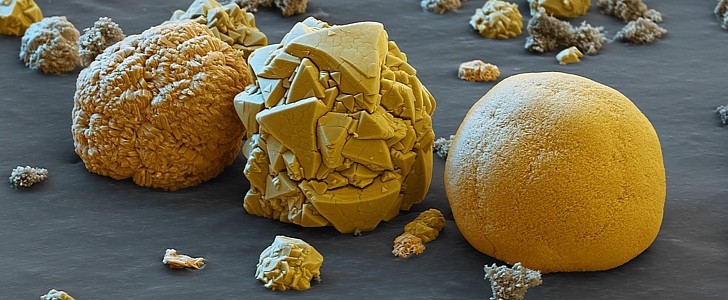The carmakers want to go electric all at once and this started creating problems. Raw materials like lithium, nickel, and cobalt became harder to source, which led to surging prices. Right now, every car maker is engaged in a battle to secure a steady supply of minerals needed to build batteries. Tesla is well ahead of others and in the past, we’ve heard Elon Musk promising to go to the mine to secure the precious minerals. According to the 2021 Impact Report, Tesla did just that.
Most established carmakers work with suppliers for most of their components, as their supply chain has been created and honed over many years. This was their strength but also proved to be their Achille’s heel when the supply chain disruptions left many in disarray. Tesla, on the other hand, prefers to build most of its components in house, which explains why Tesla seemed almost unaffected by the chip shortages and other supply chain issues.
Of course, Tesla also has suppliers, because it wants to have options, but Elon Musk repeatedly declared that the EV company is ready to go upstream to source the raw materials and components needed. Long before all sorts of shortages started to annoy the car industry, Musk warned that building EVs at scale means going “all the way to the mine.” Recently, he even considered entering the mining business over lithium’s huge price spikes.
While this didn’t happen, Tesla indeed uses a lot of raw materials that it sources directly from the mines. This was revealed thanks to Tesla’s 2021 Impact Report published last week. According to this, Tesla sources more than 95% of lithium hydroxide, 50% of cobalt, and 30% of nickel directly from the mines. Moreover, Tesla is well aware of the social and environmental implications associated with mining.
“Direct sourcing from mining companies allows Tesla to engage directly in local contexts instead of having to rely on multiple midstream companies that typically sit between EV makers and mining,” says the report. “It also enables more transparent and traceable supply chains and better environmental and social data. In 2021, Tesla procured >95% of lithium hydroxide, >50% of cobalt, and >30% of nickel for nickel-containing (NCA and NCM) cells directly from nine mining and chemicals companies.”
Tesla also indicated that the proportion of directly sourced minerals will continue to increase as the EV maker scales its operations worldwide. This might spell trouble for other carmakers. As Carlos Tavares of Stellantis warned, in the coming years the auto industry will face raw materials shortages that will make the chip crisis look like a minor hiccup.
Of course, Tesla also has suppliers, because it wants to have options, but Elon Musk repeatedly declared that the EV company is ready to go upstream to source the raw materials and components needed. Long before all sorts of shortages started to annoy the car industry, Musk warned that building EVs at scale means going “all the way to the mine.” Recently, he even considered entering the mining business over lithium’s huge price spikes.
While this didn’t happen, Tesla indeed uses a lot of raw materials that it sources directly from the mines. This was revealed thanks to Tesla’s 2021 Impact Report published last week. According to this, Tesla sources more than 95% of lithium hydroxide, 50% of cobalt, and 30% of nickel directly from the mines. Moreover, Tesla is well aware of the social and environmental implications associated with mining.
“Direct sourcing from mining companies allows Tesla to engage directly in local contexts instead of having to rely on multiple midstream companies that typically sit between EV makers and mining,” says the report. “It also enables more transparent and traceable supply chains and better environmental and social data. In 2021, Tesla procured >95% of lithium hydroxide, >50% of cobalt, and >30% of nickel for nickel-containing (NCA and NCM) cells directly from nine mining and chemicals companies.”
Tesla also indicated that the proportion of directly sourced minerals will continue to increase as the EV maker scales its operations worldwide. This might spell trouble for other carmakers. As Carlos Tavares of Stellantis warned, in the coming years the auto industry will face raw materials shortages that will make the chip crisis look like a minor hiccup.






